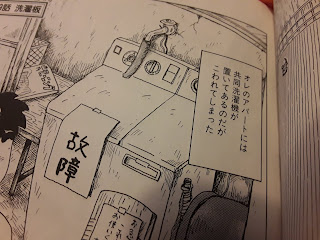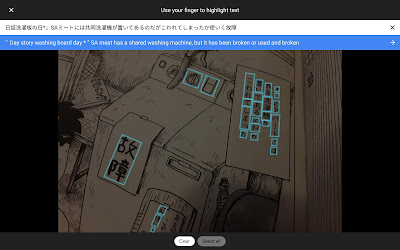Get the text in. If it's a web page, I cut and paste. If it's a printed page, I use the Google Translate app. (As you can see, it struggles sometimes, but it's better than digging it all out myself.)




Problem was that it gave me a card that either was English->Japanese; or if Japanese->English, shows the furigana on the front with the kanji. But I want to have to provide the pronunciation, so I want it on the back.
I went into Anki on the PC (it's too hard to edit on the tablet), Tools > Manage Note Types > jp.takoboto > Cards, made sure Japanese > English was selected, and edited appropriately (the cards are written in HTML).
It's working for now at least.

No comments:
Post a Comment